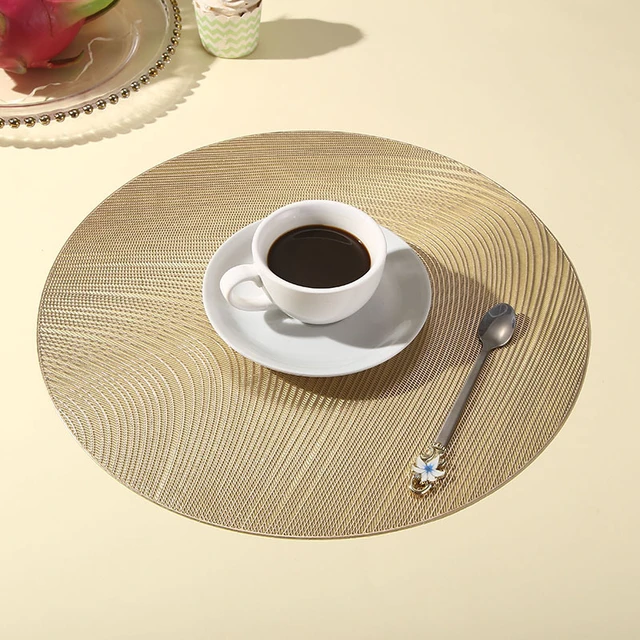The Buzz on Unique Art
What Does Unique Art Do?
Table of ContentsHow Unique Art can Save You Time, Stress, and Money.The Definitive Guide for Unique ArtWhat Does Unique Art Mean?The 45-Second Trick For Unique Art
While one may dispute which art form holds priority, the reality continues to be that each of these seven types gives a special home window right into human history, culture, and development. They are the tapestries that chronicle our trip, advising us of our past while motivating visions for the future.Wonderful art work narrates, makes people look two times, and develops an one-of-a-kind experience that can't be matched. Art and illustrations communicate every one of that with shade, shape and various other layout elements. Discover how to make your special artwork stand out from the group.
3 Emil DervishIn this entryway by Emil Dervish that beautiful cobalt blue door swipes the show. To bring much more drama, he extended the paint. to the doorframe and the wall surface up, ending up in a curved shape. The contours, along with a spherical sconce, soften the sides - Unique Art. After that frameworks vintage posters and maps of cherished areas established the scene.
8 TRIA GIOVANEqual components grand and laidback, this foyer developed by Anthony Baratta is the excellent plan to adhere to if you're embellishing a formal entryway that still really feels unfussy and comfy. Patterned textiles take center stage (see the carpetings and the couch), yet they likewise aid bring the high ceilings to a human range when hung over wallpaper.
Some Known Facts About Unique Art.
18 Heidi Caillier DesignA gallery wall surface does not require to take up the whole area. Sometimes a little one can make a larger design declaration. In this living room, Hiedi Caillier opted for micro-mini frameworks and a random composition.
, the expression of concepts and feelings, with the production of particular aesthetic top qualities, in a two-dimensional aesthetic language. The elements of this languageits shapes, lines, colours, tones, and texturesare utilized in different means to create sensations of volume, room, activity, and light on a level surface. These aspects are incorporated into expressive patterns in order to stand for genuine or mythological sensations, to translate a narrative motif, or to develop wholly abstract aesthetic partnerships.
Later the idea of the "fine artist" created in Asia and Renaissance Europe. Popular painters were afforded the social condition of scholars and courtiers; they signed their work, determined its layout and typically its subject and look here imagery, and developed an extra personalif not always amicablerelationship with their patrons. During the 19th century painters in Western societies started to shed their social setting and safe patronage.
The Best Guide To Unique Art
Others earned a revenue via exploring events of their job. The demand to attract an industry had changed the comparable (if less impersonal) needs of patronage, and its result on the art itself was possibly comparable also. Unique Art. Usually, artists in the 20th century can get to a target market only with commercial galleries and public museums, although their job might have been sometimes recreated in art periodicals
For the history of paint in ancient Egypt, see Egyptian art and architecture. The development of helpful resources painting in various regions is dealt with in a variety of posts: Western painting; African art; Central Asian arts; Chinese painting; Islamic arts; Japanese art; Korean art; Indigenous American art; Oceanic art and design; South Eastern arts; Southeast Asian arts. For a discussion of the forgery of works of art, see bogus. For a discussion of the duty of paint and other arts in religious beliefs, as well as of the usage of spiritual signs in art, see spiritual significance and iconography. For information on other arts connected to paint, see short articles such as drawing; people art; printmaking. , even when a painting's narrative meaning is obscure.
Do not duplicate the design of other musicians if you're looking for your design. Copying various other people's art work can be wonderful in academic purposes but it will certainly not make you closer to locating your own special style. Your artistic style has to be, what you like and what inspires you.

Things about Unique Art
You require to attempt great deals of different choices and discover whatever prior to you can concentrate on one particular design or you'll be bored, or even worse, you'll hate your own design. So I suggest you to try every solitary topic that you're interested in, check out as high as you can. Attempt various mediums that delight you and new methods you have actually never ever attempted before.
With time you'll be able to arrange every one of them into your preferred and the very least favored classifications. Try to concentrate your interest on the subjects and mediums that you like and before you see it coming you'll have your own individual and unique style, like no one else have! In the end you'll have a couple of favorite topics to repaint and possibly a couple of favorite mediums.
